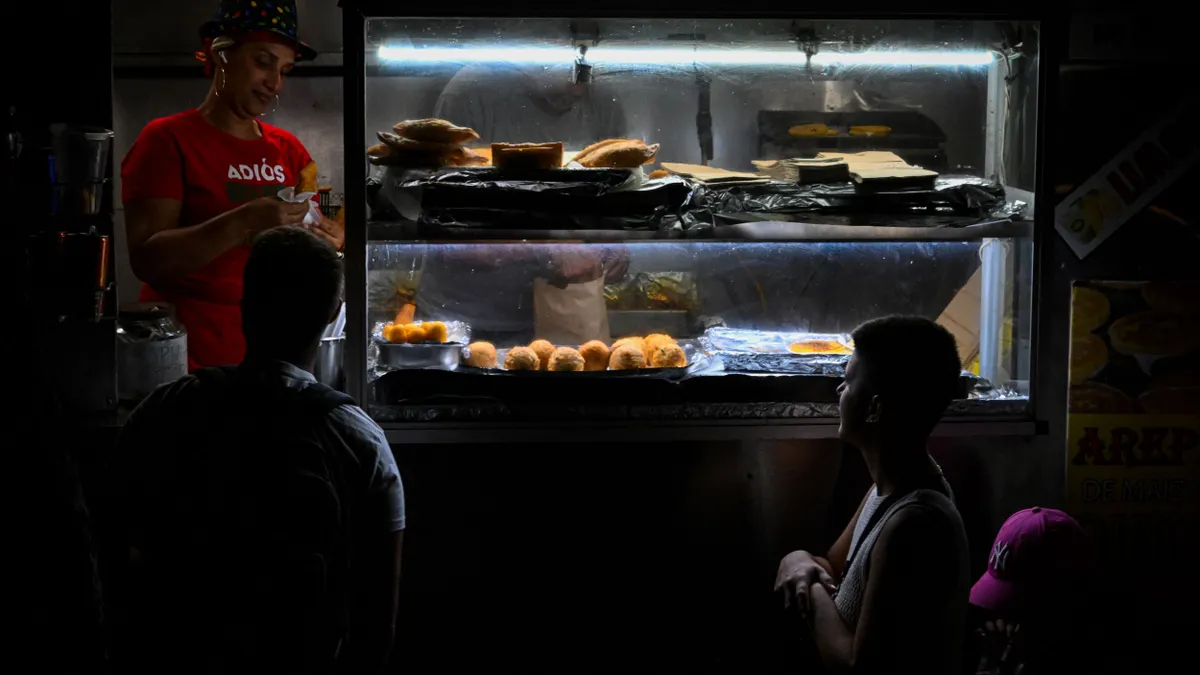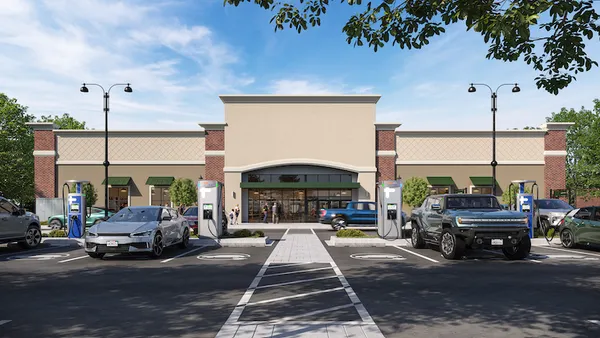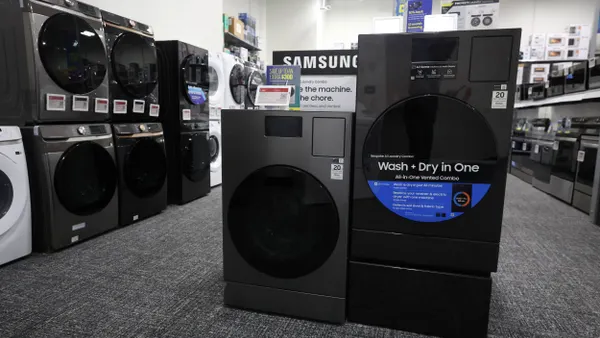Demand management strategies for commercial and industrial applications vary by industry and can include a broad array of distributed energy resources (DER). Even with the growth of DER options, the intense and inflexible energy demands of the cold storage industry have been particularly difficult to manage. Cold storage, which is comprised of large frozen food warehouses (10,000 to 200,000+ square feet) owned by food production companies, foodservice distributors and third-party logistics providers and walk-in freezers (100 to 1,000+ square feet) inside grocery stores and restaurants, has the highest demand per cubic foot and the third highest consumption of any industrial category. In addition to high demand and consumption numbers, their refrigeration systems are inflexible because they must run nearly non-stop to maintain temperatures and protect the food stored inside the facilities.
There have been incremental efficiency technologies for cold storage, but none have had the ability to make significant efficiency gains for the large refrigeration systems nor add much flexibility for their time-of-use. Traditional energy storage technologies do not have long enough discharge times to economically address the high demand and continuous runtimes of these refrigeration systems.
Now thermal energy storage technology from Viking Cold adds an average efficiency gain of 26% and sufficient discharge times to shed this C&I load in meaningful ways. A recent M&V study of thermal energy storage (TES) in an industrial warehouse has shown that this heavy load can be effectively managed for up to 13 hours per day without negative effects to facility operations or the frozen food in the warehouse.
The facility owner was testing Viking Cold’s behind-the-meter TES technology to uncover an effective way to reduce peak demand and consumption across the 13-hour peak period which accounted for nearly 50 percent of their annual energy costs.
The study took place over a year inside a 93,000 square foot frozen food warehouse in Richmond, California. The facility’s central ammonia refrigeration system was comprised of multiple staged screw compressors and water-cooled condensers. Variables measured for the study were energy consumption (kWh), peak demand (kW), temperature, and equipment status.
The TES system included intelligent controls, monitoring equipment, and phase change materials (PCM). To establish a baseline only the controls and monitoring equipment were installed, and normal operating conditions were maintained for three weeks without any intervention while data were collected.
Later the PCM was installed by placing the TES modules on the top cross member of the racking system directly in the existing refrigeration airflow. The control system was configured to maintain the required temperatures in the freezer while minimizing refrigeration run time during the targeted peak period hours. One year later new data was collected under normal daily operations during the same month as the baseline data capture.
All variables measured showed positive results with the addition of Viking Cold’s TES system. Total energy consumption in the freezer across the entire study period was reduced by 35%. Facility-wide consumption during the targeted 13 hours was reduced by 43% (over 4,000 kWh) every weekday of the study. Peak demand during those same 13 hours per day was reduced by 29% (over 250 kW). All of these energy reductions were achieved while maintaining required temperatures and improving temperature stability by 50% inside the freezer.
Load analysis reports from the utility provider, Pacific Gas & Electric, verify continuous positive results even after the study period. In the months that followed these reports showed Average Demand reductions between 20 and 30 percent, Average Hourly Profile reductions of 250 to 300 kWh over 13 hours, and the max demand shifted outside the target peak period.
With Viking Cold’s added efficiency and extended shed flexibility, utilities and cold storage operators now have a proven tool to effectively manage the industry’s difficult load profile.









